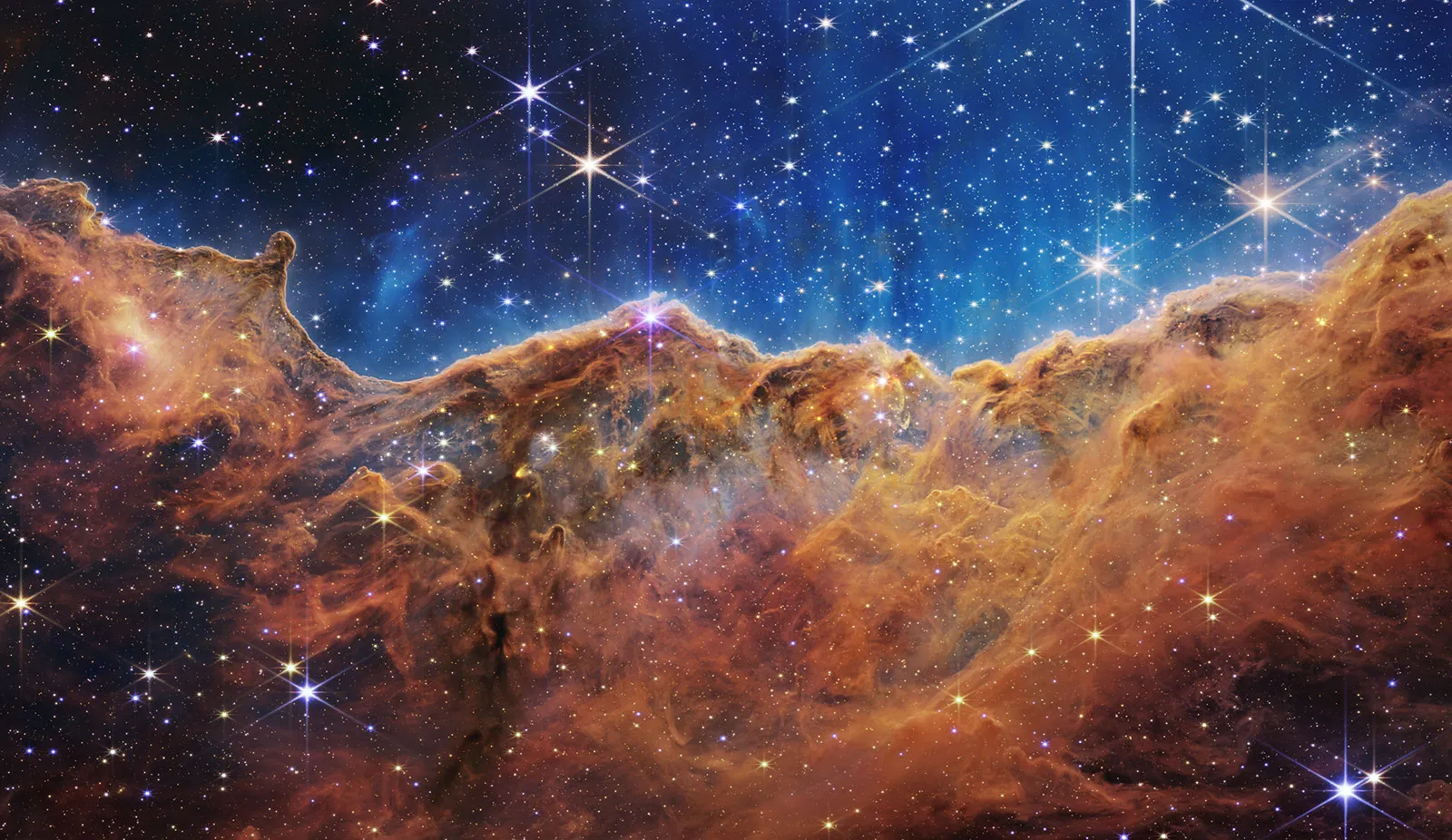Nebulae are vast clouds of gas and dust that exist in interstellar space. They are often associated with the birth and death of stars. Nebulae come in a variety of shapes, sizes, and colors, and they are a beautiful and fascinating sight to behold.
Types of Nebulae
There are three main types of nebulae:
- Emission nebulae: These nebulae are made up of ionized gases that emit light. They are often associated with young stars.
- Reflection nebulae: These nebulae reflect the light of nearby stars. They are often blue in color due to the scattering of blue light by the dust particles in the nebula.
- Dark nebulae: These nebulae are made up of dense clouds of dust that block the light from stars behind them. They appear as dark patches in the sky.
The Birth of Stars
Nebulae are the birthplaces of stars. When a nebula collapses under its own gravity, it can form a dense core that eventually becomes hot enough to ignite nuclear fusion. This process creates a new star.
The Death of Stars
Nebulae can also be formed by the death of stars. When a massive star explodes as a supernova, it can create a nebula known as a supernova remnant. These nebulae are often filled with elements that were created in the star’s core.
Famous Nebulae
Some of the most famous nebulae in the universe include:
- The Orion Nebula: This is a massive emission nebula located in the constellation Orion. It is one of the brightest nebulae in the sky and is home to many young stars.
- The Eagle Nebula: This nebula is also known as the Pillars of Creation. It is a dark nebula that contains dense columns of gas and dust. These pillars are being eroded by intense radiation from nearby stars.
- The Crab Nebula: This is a supernova remnant located in the constellation Taurus. It was formed by the explosion of a massive star in 1054 AD.
Nebulae are fascinating objects that offer insights into the formation and evolution of stars and galaxies. As we continue to study these cosmic clouds, we may gain a deeper understanding of the universe around us.
